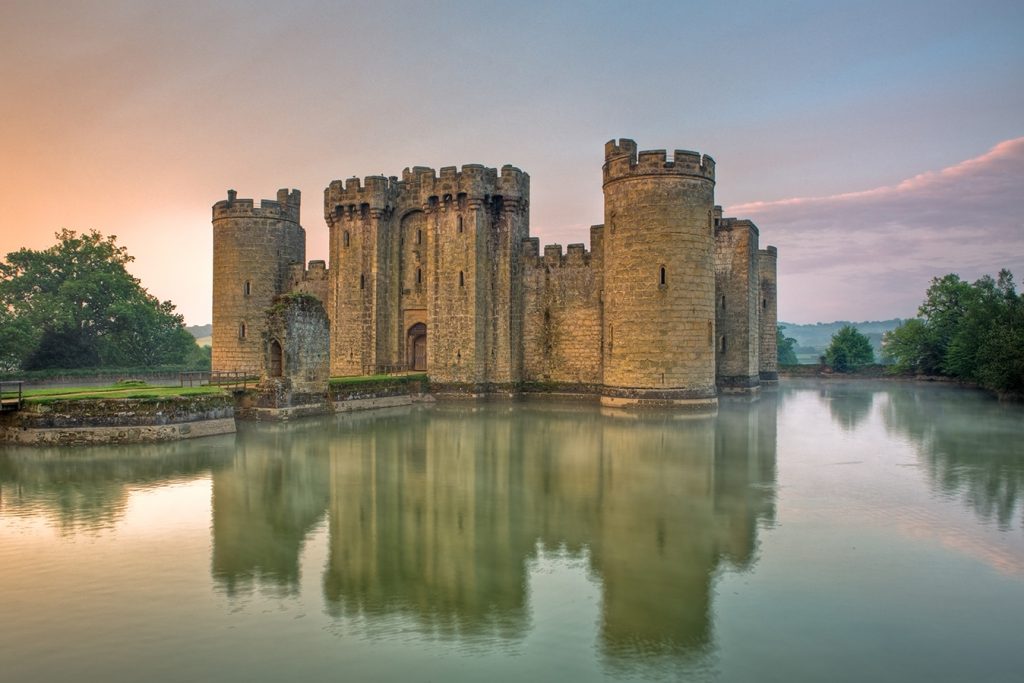When noblemen built castles in the Middle Ages, it was usually to keep people out. They were designed as places of refuge, protection, and defence. In some cases of defiance; a bad baron in a strong castle could snap his fingers at a weak king.
Look at the outside of these buildings even today – battlements, slit windows, huge gates, drawbridges, rings of towers, walls fifteen feet thick. Castle architects put home comforts very far down the list of priorities.
Two things helped to change this. One was the arrival of gunpowder, which made a mockery of the castle’s outmoded defences. The most inaccurate of the early cannons could at least hit a castle wall.
That led to the second thing. What could barons do? If you can’t beat the King, you join him. By the time the Tudors arrived, the court was the place to be if you wanted to further your career.
Now that castles were no longer the glorified barracks that they had once been, it seemed a natural process to try and make them more comfortable. As monarchs like Henry VIII and Elizabeth developed the habit of touring the countryside, nobles vied with each other for the privilege of entertaining royalty, often at crippling cost. Instead of trying to keep the King out, they were now trying to get him in.
After the Civil War, no serious military crisis disturbed the peace of most of rural England, so noblemen had none of the previous huge expenses of castle defences and weapons and war-horses. Instead they spent their money on improving their houses and their estates, which became in effect colossal status symbols. For two hundred years, the richest nobles enjoyed a standard of ostentatious living almost beyond our imagination. In those days, riches as such were not penalised.
The 19th century brought challenge from rising industry and a new form of wealth, and the 20th century brought crushing burdens in taxes – capital gains, income tax, super tax, death duties. Complex inheritance clauses in wills often prevented legatees from selling property in order to pay debts.
The solution was to go public again. Just as the aristocrats of the sixteenth century opened their doors to the huge circus that accompanied Elizabeth on her travels, so those of the twentieth opened their homes and their gardens and their parks to the coaches and cars, the picnic parties, the school outings, and the foreign tourists – only this time the visitors had to pay.

Recent Comments